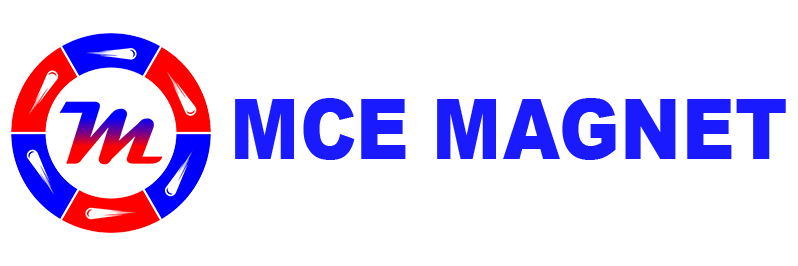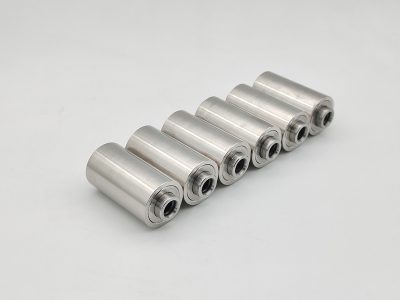A coreless motor is a specialized type of DC electric motor that is designed to be more efficient and responsive than traditional iron-core motors. The key difference lies in the rotor (the rotating part of the motor), which in a coreless motor does not have an iron core. Instead, the rotor windings are typically wound in a self-supporting hollow cylindrical or basket-like structure.
Key Features of Coreless Motors:
- No Iron Core: The absence of an iron core reduces the rotor’s inertia, allowing for faster acceleration and deceleration.
- Lightweight: Coreless motors are lighter than traditional motors, making them ideal for applications where weight is a critical factor.
- High Efficiency: With reduced iron losses (eddy currents and hysteresis), coreless motors are more efficient, especially at low speeds.
- Smooth Operation: The lack of an iron core minimizes cogging (the jerky motion often seen in traditional motors), resulting in smoother operation.
- Compact Design: Coreless motors are often smaller and more compact, making them suitable for applications with limited space.
Applications:
Coreless motors are commonly used in applications requiring high precision, rapid response, and lightweight design, such as:
- Medical Devices: Surgical tools, dental handpieces, and pumps.
- Aerospace and Drones: Lightweight and efficient motors for drones and UAVs.
- Robotics: Precision control in robotic arms and small robots.
- Consumer Electronics: Camera focus mechanisms, portable devices, and haptic feedback systems.
- RC Models: High-performance motors for remote-controlled cars, planes, and boats.
Advantages:
- Faster response times due to low inertia.
- Higher power-to-weight ratio.
- Reduced vibration and noise.
- Improved energy efficiency.
Disadvantages:
- Typically more expensive to manufacture.
- Lower torque output compared to traditional motors of the same size.
- May require more advanced control systems due to their unique design.
In summary, coreless motors are a high-performance option for applications where efficiency, speed, and lightweight design are critical. Their unique construction makes them stand out in precision-driven industries.

